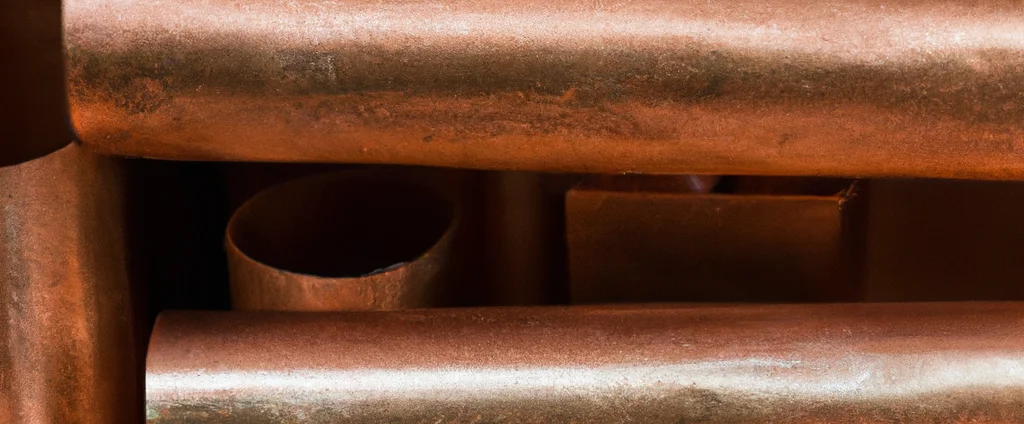Aluminum Bronze (UNS C64200)

Aluminum Bronze C64200 is a high-strength wrought copper alloy. It offers superior corrosion resistance in seawater, excellent wear resistance, and good ductility, making it ideal for demanding marine and industrial applications.
| Chemical Composition | ||
|---|---|---|
| Element | Min | Max |
| Copper | —— | Remainder |
| Aluminum | 6.3% | 7.6% |
| Arsenic | —— | 0.09% |
| Iron | —— | 0.3% |
| Lead | —— | 0.05% |
| Manganese | —— | 0.1% |
| Nickel | —— | 0.25% |
| Silicon | 1.5% | 2.2% |
| Tin | —— | 0.2% |
| Zinc | —— | 0.5% |
The following table provides a list of aluminum bronze C64200 properties in both SI and US customary/Imperial units.
Click on the button to switch between Metric and Imperial units.
| Physical Properties | Metric |
|---|---|
| Density | 7700 kg/m3 |
| Mechanical Properties | Metric |
| Tensile Strength (Ultimate) | 520 - 700 MPa |
| Tensile Strength (Yield) | 230 - 470 MPa |
| Shear Strength | 330 - 390 MPa |
| Young’s Modulus (E) | 110 GPa |
| Shear Modulus (G) | 41 GPa |
| Elongation at Break | 14 - 35% |
| Poisson’s Ratio (ν) | 0.34 |
| Thermal Properties | Metric |
| Melting Point | 982 - 1000 °C |
| Thermal Conductivity | 45 W/m·K |
| Specific Heat Capacity (Cp) | 377 J/kg·K |
| Coefficient of Thermal Expansion (αL) | 1.8×10-5 1/°C |
| Electrical Properties | Metric |
| Electrical Conductivity | 4.64×106 S/m |
| Electrical Resistivity | 2.2×10-7 Ω·m |
The values in this table are approximate and can vary depending on various factors such as the specific manufacturing process and heat treatment applied to the alloy.
Advantages & Disadvantages of Aluminum Bronze C64200
| Advantages | Disadvantages |
|---|---|
| High strength | High cost |
| Excellent corrosion resistance | Machinability |
| Good wear resistance | Limited availability |
| Good ductility | Sensitivity to some environments |
Applications of Aluminum Bronze C64200
Aluminum Bronze C64200 finds applications in various industries where a combination of high strength, corrosion resistance, and wear resistance is required. Key applications include:
- Marine and Offshore Equipment: Due to its excellent corrosion resistance in seawater, it is widely used for marine and offshore components, including propellers, pump parts, ship fittings, valve stems, and other parts exposed to saltwater or harsh marine environments.
- Aerospace Components: Utilized in the aerospace industry for applications such as bearings, bushings, and gears that require high strength, wear resistance, and corrosion resistance. Suitable for both commercial and military aircraft.
- Oil and Gas Industry: Commonly employed in this sector for components exposed to corrosive environments. Used in valves, pumps, pipe fittings, and other equipment where resistance to seawater, brine, and other corrosive fluids is crucial.
- Power Generation: Used in power generation applications, such as turbine blades, due to its resistance to corrosion and erosion. Can withstand the harsh conditions found in power plants while ensuring durability and longevity of components.
- Industrial Equipment: The high strength and wear resistance make it suitable for various industrial applications. Commonly found in gears, bearings, bushings, valve components, and other machinery parts subjected to heavy loads, friction, and wear.
- Chemical Processing: Employed in chemical processing equipment where resistance to corrosion from chemicals and acidic environments is required. Used in valves, pumps, heat exchangers, and other components in chemical plants.
